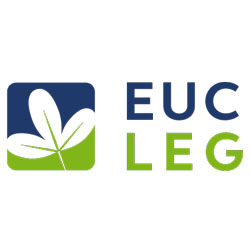
EUCLEG aimed at providing tools and knowledge to improve the genetic progress in five major legume species: two forages, alfalfa and red clover, and three grain legumes, pea, faba bean and soybean. This implied genotyping, phenotyping and statistical work.
In WP1, we developed molecular and genomic tools. For the two outbreeding forage crops, we used genotyping by sequencing (GBS) to obtain marker frequency from pooled individuals of each accession (pool-GBS). For the three autogamous grain legumes, we used SNP array technology to genotype the accessions.
In WP2, we structured and improved access to data on European and Chinese plant genetic resources collections. We identifed gaps (both passport and phenotypic data) in existing information systems and encouraged collection holders to close these gaps. We created an efficient infrastructure for the central management of the data collected during the project (the Progeno database). Finally, the legal challenges and risks associated with the exchange of plant genetic resources and their data, but also intellectual property issues, were considered.
In WP3, we described the genetic structure of germplasm collections using both phenotypic traits and molecular markers. Trials were established in a network of environments in EU and China. Relevant phenotypic traits were evaluated: germination, crop establishment, response to biotic and abiotic stress, forage and seed yield, forage and grain quality. A description of Chinese and European germplasm, an overview of genotype x environment interaction were provided and promising germplasm was identified. The genetic structure of the germplasm was described with genotype data obtained in WP1.
In WP4, we identified genes, alleles and molecular markers that explained a large part of the phenotypic variation available for traits involved in crop yield and its stability including resistance to biotic and abiotic stresses. The WP2 database containing genotype and phenotype data was used for genome-wide association analyses (GWAS).
WP5 delivered knowledge and tools to breeders to implement genomic selection, a form of marker-assisted selection which is more efficient than phenotypic selection in many cases. A user-friendly tool was developed for managing data and performing the calculation of breeding values (BV) and genomic breeding values (GEBV). The effects of several determinants of the accuracy of the equation of prediction of GEBV were tested and we proposed breeding solutions including genomic selection. WP6 disseminated the project outcomes to the scientific community and transferred the innovations to stakeholders.
